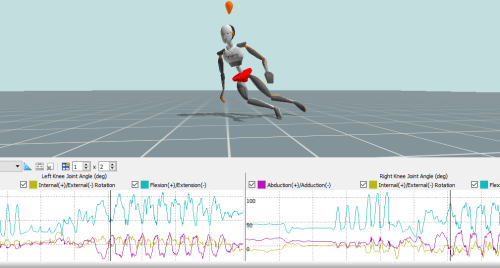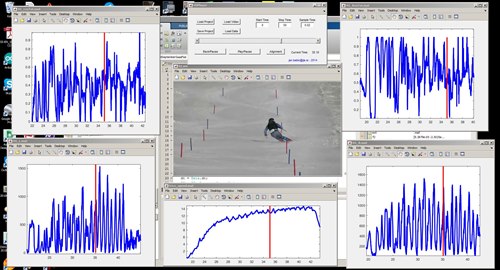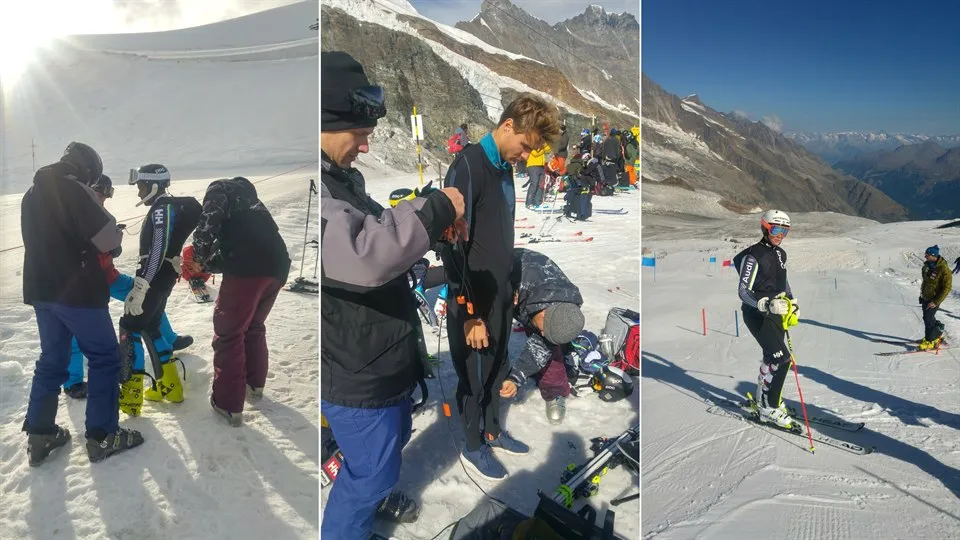The digitalized downhill skier
From high-speed cameras to smart textiles – the Alpine elite use modern technology to refine their skiing technique. – We are working proactively with digitalization, says Tommy Eliasson, Alpine director of the Swedish Ski Association.
From high-speed cameras to smart textiles – the Alpine elite use modern technology to refine their skiing technique. – We are working proactively with digitalization, says Tommy Eliasson, Alpine director of the Swedish Ski Association.
Competitions in slalom and giant slalom usually last less than one minute and are often won by seconds. This places great demands on the skiers to adapt their technique and tactics optimally to different pistes, terrains and snow conditions and elite competitors are already utilizing modern technology for this purpose – the era of the digitalized downhill skier is here.
Matej Supej, Professor of Biomechanics involved in the Internet of Sports at Mid Sweden University, describes this project´s exciting research in this connection:
- We have analysed slalom technique employing an advanced global navigation satellite system, a smart phone, a 3D motion analysis system and pressure soles in combination. This novel system provides unique feedback on different sections of the piste, enables more detailed analysis of individual curves, and reveals differences in the pressure exerted by the front and rear portions of the foot, as well as by the inside and outside legs.

Almost everything can be measured. The digital development has allowed the skiers to optimize their skills with technology.
In addition, frontline positioning systems, with the ability to provide measurements accurate to within only a few centimetres, supply detailed information concerning trajectory and speed during a ski run. The rapid development of video cameras, computers and software has clearly revolutionized biomechanical analysis of elite athletes in general and further powerful advances are just around the corner.
Specialized sensors can register the magnitude and distribution of pressure, while acceleration, angular speed and the orientations of different parts of the body can be determined with accelerometers, gyros and magnetometers. Hans-Christer Holmberg, Professor of Sports Science at Mid Sweden University and head of research and development for the Swedish Olympic Committee, explains:

- Active skiers are asking for more information about variations in the terrain and conditions along a piste that could cause them to lose or allow them to gain time. Novel technology allows parameters such as time, speed and loss of energy to be related to skiing techniques and tactics, thereby providing invaluable information that cannot be obtained with more traditional approaches or with the naked eye.

